While enthusiasts often discuss a car’s engine, chassis balance, and handling in detail, there’s another key component that doesn’t get as much attention the transmission.
Often overlooked, the gearbox plays a vital role in connecting the engine to the chassis, directly influencing the driving experience. Sluggish shifts can compromise performance.
Harsh gear changes can turn a pleasant drive into a chore. And an imprecise manual shifter can be incredibly frustrating.
But is it possible to rate different types of transmissions? We believe so especially when you define clear criteria. In this article, we’ll explore some of the finest transmissions ever built, each earning its place due to different strengths.
Manual transmissions make the list thanks to the joy they deliver during spirited driving, while automatic options are praised for their shift quality.
We’ve also included some exceptionally durable gearboxes that stand out for their bulletproof construction and ability to match the longevity of the most dependable engines.
Having driven over 300 different vehicles, I’ve experienced my fair share of standout transmissions.
I’ve also come across many tough and reliable units during my tenure as a Toyota aftermarket manager, a role that gave me valuable insight I’ll share with you here.
From the tactile joy of Ferrari’s gated shifters to the rugged dependability of Toyota’s indestructible gearboxes, these are the best transmissions ever offered in a production car.
1. Porsche 911 S/T Six-Speed Manual
While fewer vehicles today come equipped with a manual gearbox, that doesn’t mean the golden era of stick shifts is over. In fact, if you’re looking for a truly exhilarating manual driving experience, few can match the all-new Porsche 911 S/T.
According to many, this model represents the pinnacle of the 911 lineup perhaps even the best 911 ever built. It borrows many of its mechanical components from the track-ready 911 GT3 RS, but without the extra weight and flamboyant styling.
You won’t find oversized wings or the fast-shifting PDK gearbox here. Instead, you get a more stripped-down driving machine weighing just 3,056 pounds.
Its naturally aspirated 4.0-liter flat-six is already celebrated as one of the greatest engines ever made. In the 911 S/T, it cranks out 518 hp, revs to a stunning 9,000 rpm, and delivers a sound that thrills.
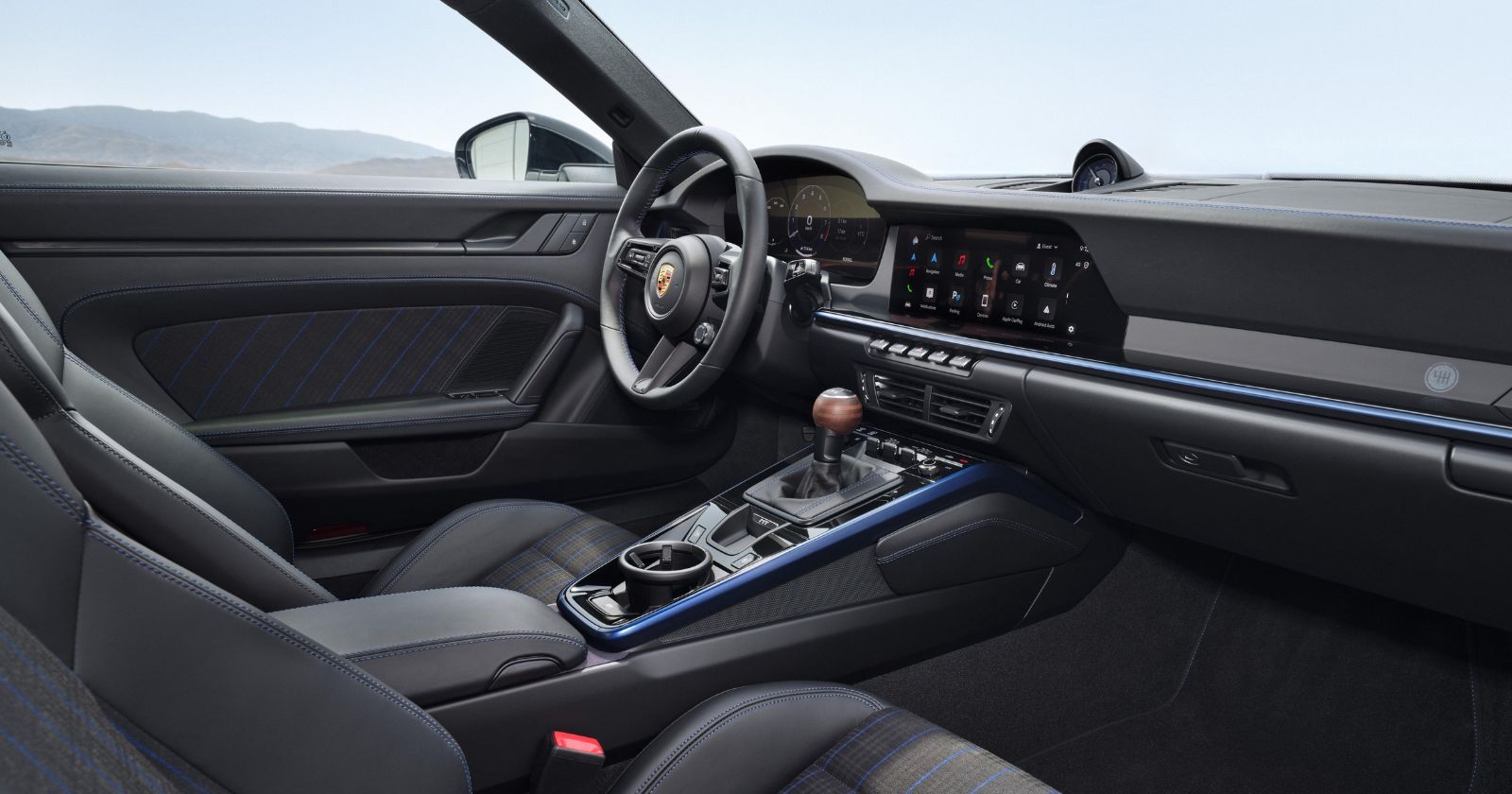
Porsche fitted the car with a lightweight double-disc clutch and a single-mass flywheel to enhance throttle response which means you’ll need to be precise and alert while using the short-ratio six-speed manual.
As noted by automotive journalists, there’s definitely a learning curve, but once you’re in sync with it, the experience is unmatched.
The shifter feels mechanical, extremely accurate, and delivers short, satisfying throws. Sadly, Porsche will only produce 1,963 examples, and each starts at a staggering $290,000 before options.
2. Honda S2000 Six-Speed Manual
Fortunately, you don’t need a six-figure budget to enjoy one of the best manual transmissions ever made.
The Honda S2000 may not be cheap anymore, but it’s still within reach for more buyers and if you’re one of the lucky owners, you’ll understand why its manual gearbox is so revered.
Over a decade ago, I had the chance to drive a nearly stock S2000, and the memory of its exceptional shifter has stayed with me.
With ultra-short throws, pinpoint accuracy, and a mechanical feel, it delivers a rewarding experience every time you row through the gears.
There’s a tactile quality to it shifting feels as deliberate and precise as chambering a round. And it’s not just the shifter that impresses the clutch pedal feel is just as well-tuned.

The engine under the hood also plays a big part in the S2000’s legend. Originally a 2.0-liter and later a 2.2-liter, the naturally aspirated four-cylinder produces 240 hp and revs all the way to 8,900 rpm, creating a raw and aggressive soundtrack.
Even better, the throttle response is razor-sharp, making heel-and-toe downshifting second nature.
Of course, the S2000’s acclaim isn’t only due to its powertrain. The car boasts a perfect 50:50 weight distribution, making it a blast in the corners, especially given its light 2,780-pound curb weight.
It’s worth noting that early models had a reputation for being a bit twitchy, something potential buyers should be aware of.
3. Mazda MX-5 Miata (ND) Six-Speed Manual
While the latest MX-5 Miata’s manual gearbox may not quite match the legendary S2000’s, it comes surprisingly close. The current-generation short-throw shifter is incredibly precise and offers smooth, satisfying gear changes.
It’s not just enjoyable it’s also beginner-friendly, unlike the more demanding 911 S/T shifter. A lot of that ease comes from the forgiving clutch, which helps drivers get comfortable quickly.
Still, the six-speed manual is just one piece of what makes the Mazda MX-5 Miata so beloved. True, it’s not a powerhouse, but with a 2.0-liter four-cylinder producing 181 hp and weighing only 2,454 pounds, it offers plenty of punch for spirited driving. The true magic, however, lies in its chassis.
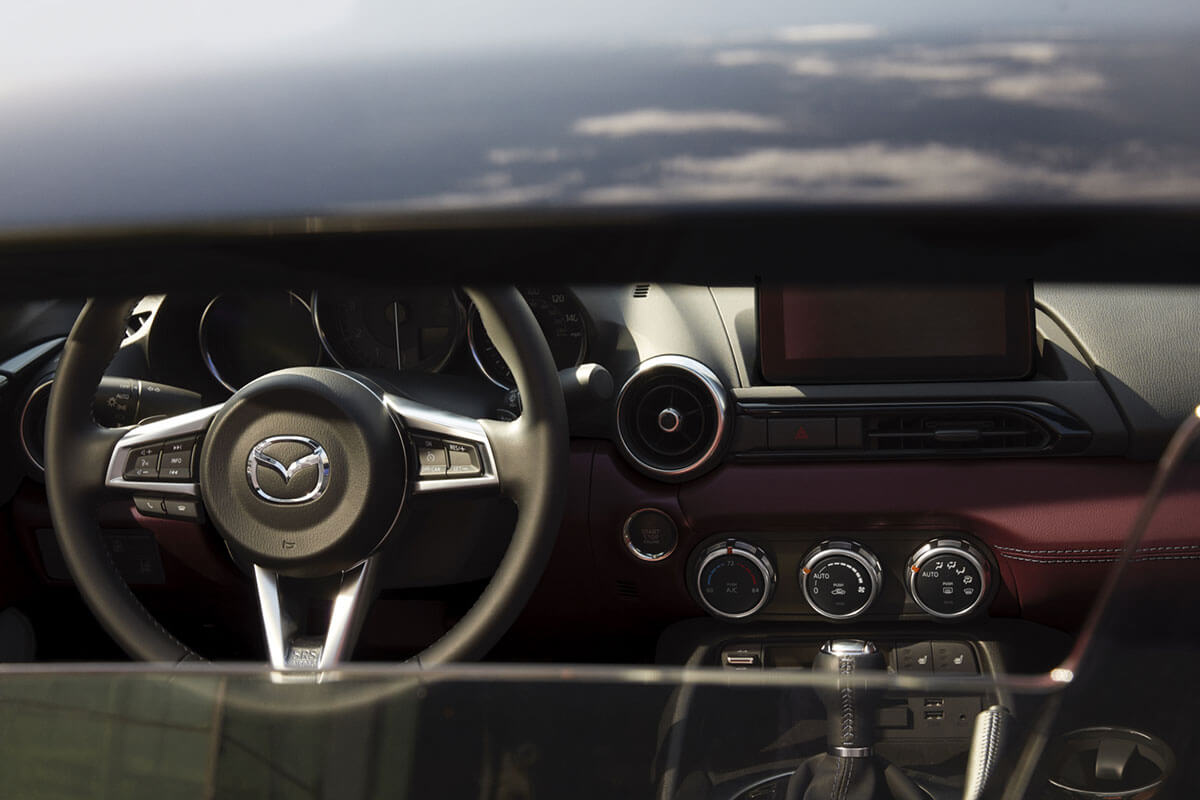
The MX-5 handles like a dream, with the kind of balance and agility that encourages you to carry speed through corners. It’s responsive and playful almost like a go-kart.
The steering is another standout. It’s direct, quick, and delivers excellent feedback, helping you place the Miata precisely where you want on the road.
Combined with the excellent manual transmission, the car makes you feel fully connected to the driving experience. Best of all?
The starting price is under $30,000 brand new. It’s also cheap to run, returning a combined 29 mpg making it one of the most fuel-efficient sports cars out there.
Also Read: Top 10 Classic Pontiacs That Can Still Run Today
4. Ferrari Dino 246 GT Five-Speed Manual
When it comes to standout car components, few manufacturers can match the flair of Ferrari’s gated manual transmissions. These shifters are precise and intentional, accompanied by a signature mechanical click that brings to mind the tick of a finely tuned clock.
A gated Ferrari manual offers a unique, connected experience between driver and car. Among the finest examples sits inside the Dino 246 GT Ferrari’s first production sports car to house a V6 engine.
Predictably, the Dino 246 GT doesn’t match the speed of Ferrari’s V12-powered models from the same era, with its compact 2.4-liter V6 producing 192 hp and 167 lb-ft of torque.
However, thanks to a low curb weight of 2,380 pounds, it was still able to sprint from 0 to 60 mph in a respectable 7.1 seconds.
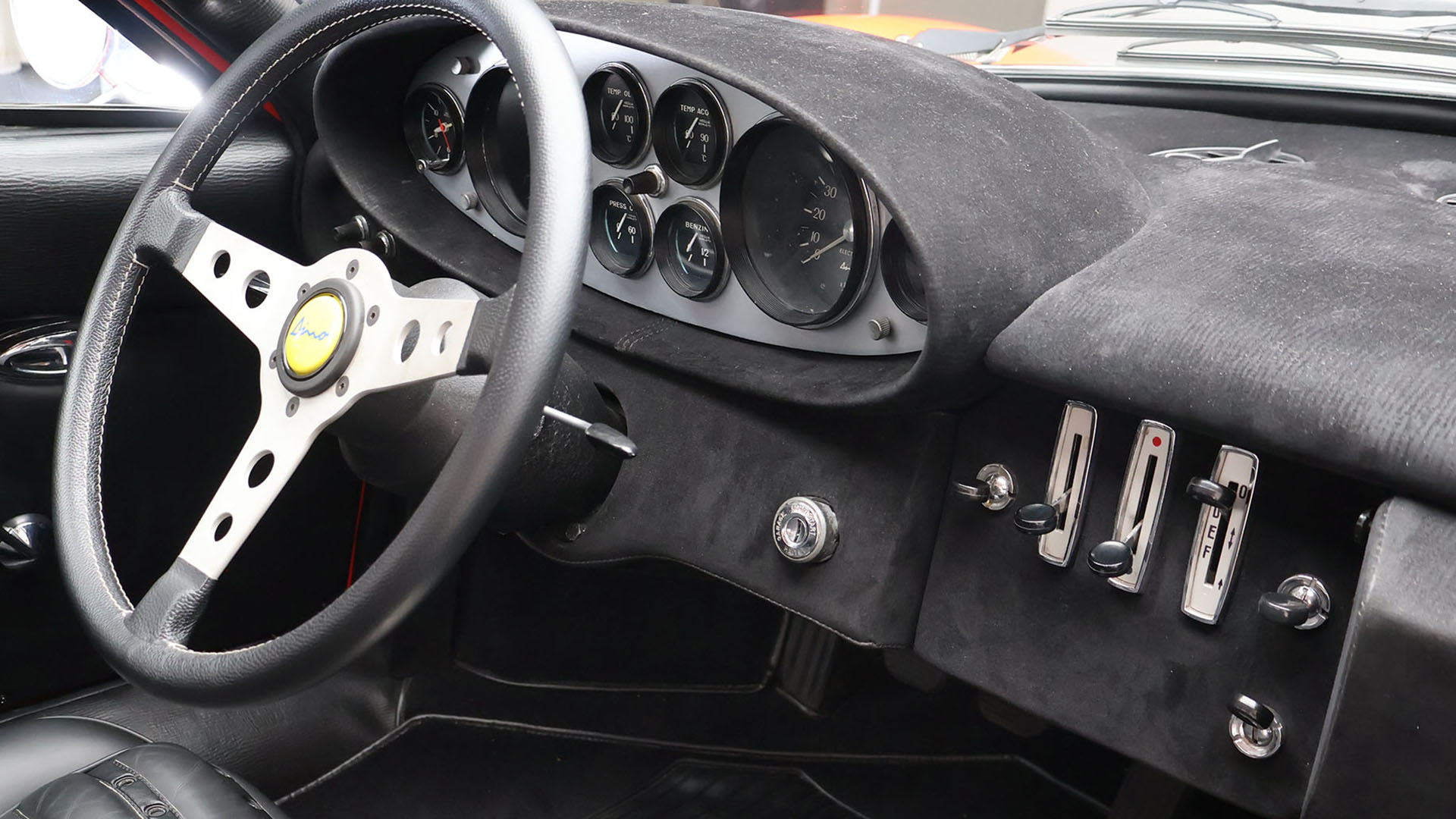
Yet what makes the experience truly unforgettable is what happens behind the wheel. The 246 GT delivers a raw, electrifying soundtrack aggressive and sharp.
And when you back off the throttle, the five-speed stick shift responds with a rhythmic, mechanical cadence that complements the V6’s voice.
Its shifts have longer throws and a heavier feel compared to today’s manuals, but that only enhances the driver involvement.
The first gear is placed on a dogleg, which allows quicker and more intuitive shifts between second and third gears on winding roads.
Also, with its mid-engine layout, the Dino 246 GT provides nimble, precise handling. That it’s widely regarded as one of the most beautiful Ferraris ever only strengthens its iconic status.
5. ZF 8HP Torque-Converter Automatic
If you’ve paid any attention to automotive technology in recent years, you’re likely familiar with ZF’s eight-speed automatic transmission. This advanced torque-converter unit has become a staple in many modern high-end vehicles.
You’ll find it in everything from BMWs and Audis to Jeeps and Hellcats. It seamlessly integrates with mild-hybrid and plug-in hybrid systems, and it’s even employed in vehicles as diverse as Rolls-Royce’s luxurious cruisers and the spirited sports cars of Aston Martin and Maserati.
What makes the ZF 8HP stand out as the top automatic transmission on the market today is its incredible blend of smoothness and speed. It’s a transmission that fits effortlessly into virtually any platform.
To reach this level of refinement, ZF engineered the 8HP with five shift elements and four gear sets.
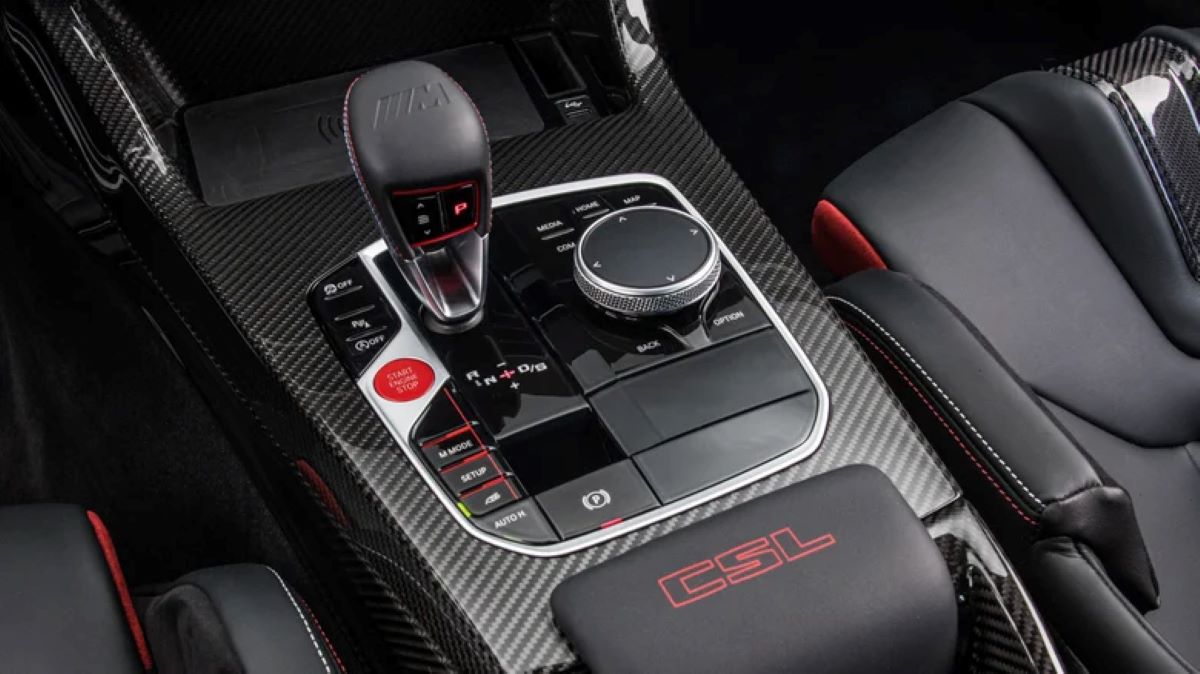
It cleverly uses just three multi-disc clutches and two open shift elements per gear, minimizing energy loss while boosting fuel efficiency.
Still, ZF attributes much of its performance to high-quality solenoids and the sophisticated control software that governs the gearbox, delivering buttery smooth yet astonishingly quick shifts.
We’ve tested the ZF 8HP across a variety of vehicles. During her first drive of the BMW M4 CSL, Victoria Scott observed that the eight-speed delivered shifts with intensity and speed that rivaled dual-clutch transmissions.
On the other hand, Cameron Aubernon praised its seamless integration with the plug-in hybrid powertrain of the Jeep Wrangler 4xe. Whether you’re after performance or efficiency, the ZF 8HP delivers in every scenario.
6. Porsche PDK Dual Clutch Automatic
Porsche was the first to implement a dual-clutch transmission in racing, debuting it in the 956 endurance car. Although Audi beat them to market with a production version, Porsche has since become synonymous with perfecting the technology.
Branded as PDK, Porsche’s dual-clutch transmission is now a staple across the entire 911 lineup, from base models to the ferocious 911 GT3 RS. Depending on the vehicle, it comes in either seven-speed or eight-speed configurations.
Our experience with the Porsche 911 GT3 RS during a first drive confirmed that PDK is as good as it gets. It responds instantly to driver inputs and delivers gear changes at lightning speed, without any interruption in torque.
It offers a level of ease and intuitiveness that even manual enthusiasts can admire. Truly, it represents the pinnacle of performance transmissions for road cars.
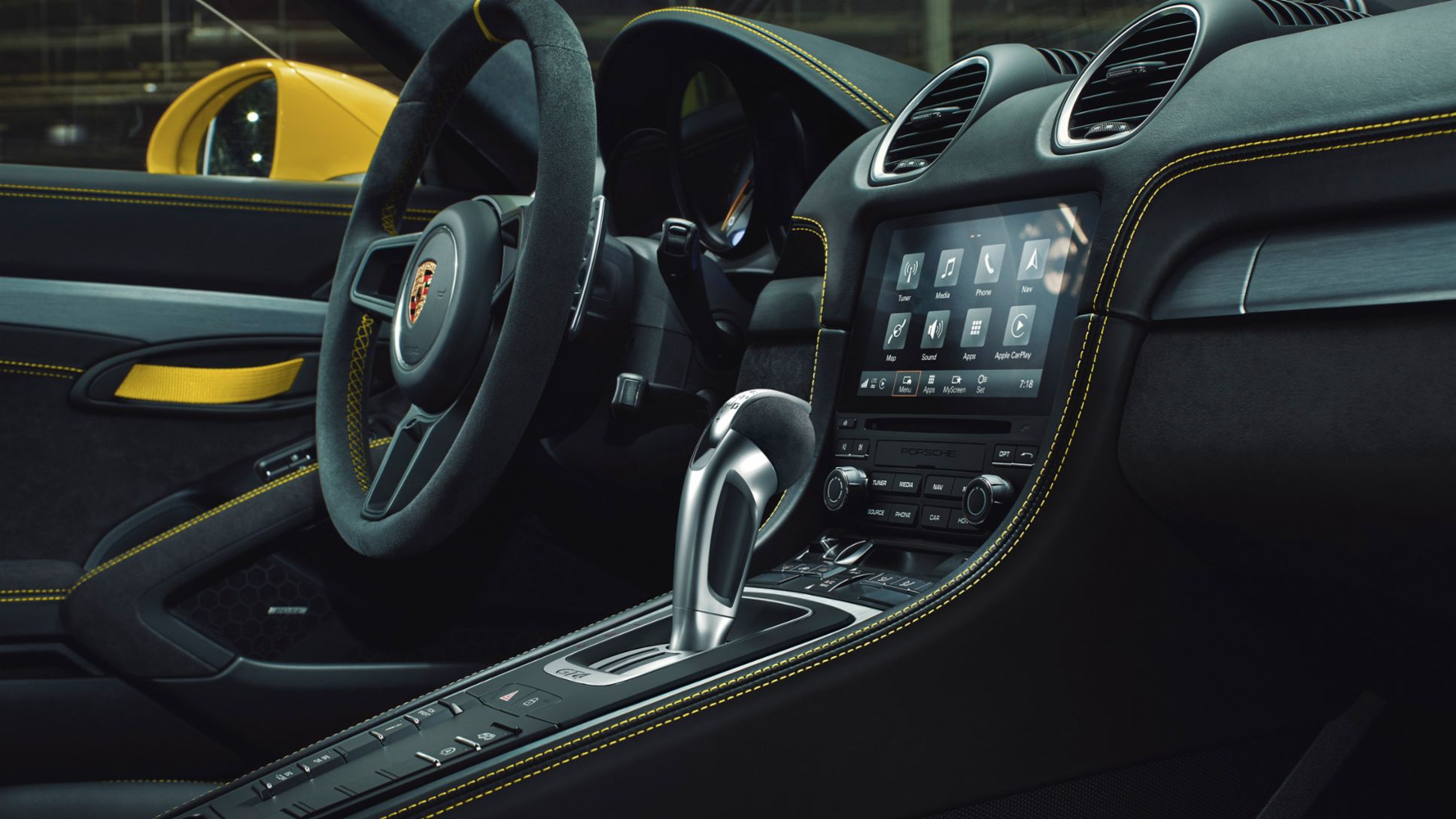
This is largely due to the nature of dual-clutch setups, which pre-select the next gear using two separate clutches. This results in rapid acceleration and quicker shifts, despite the transmission being heavier than a traditional manual.
However, Porsche’s PDK transmission isn’t on this list just because of speed plenty of dual-clutch systems are fast. The difference lies in how refined it is.
While many dual-clutch units can feel rough during gear transitions, especially at low speeds, Porsche’s PDK remains smooth and composed. Early dual-clutch systems also struggled with gear changes that weren’t preselected, but not this one.
The PDK chooses any gear with near-instantaneous precision and maintains a fluid shifting experience under all conditions.
7. Audi/Volkswagen DSG/S-Tronic Dual Borg Warner Clutch Automatic
While Porsche is often regarded as a leader in dual-clutch technology, the Volkswagen Group’s contribution should not be overlooked.
They were the first to introduce the Borg Warner gearbox in a production vehicle, debuting it in the 2003 Audi TT 3.2 V6.
Audi branded it as S-Tronic at the time, but Volkswagen adopted the term DSG (Direct Shift Gearbox) when it launched the system in the Golf MK4 R32. Initially, these dual-clutch transmissions had six speeds, though a seven-speed version was developed later.
This was during the 2000s when most other manufacturers were still using outdated torque-converter automatics. The introduction of the dual-clutch transmission was a game-changer, bridging the performance gap with manual transmissions.
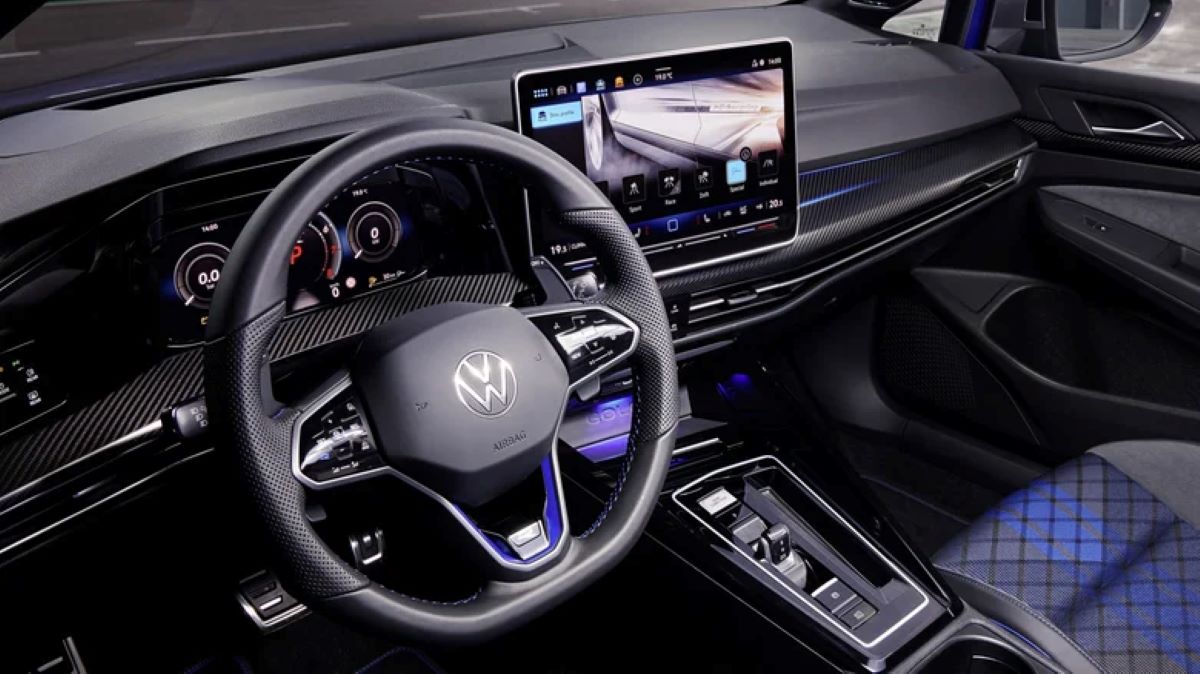
DSG-equipped cars immediately outpaced their manual counterparts, leaving the sluggish torque-converter automatics far behind.
The DSG/S-Tronic also offered smoother performance, especially when compared to single-clutch automated manuals like the one found in the BMW E60 M5.
The real success of VW’s transmission was its widespread adoption. The VW Group rapidly incorporated it across various models, even in affordable city cars such as the 2010 Skoda Fabia, which came with a 1.2-liter, 105 hp engine.
I recall trying this exact car at the time and being amazed by its F1-like shifting speed. It felt like a glimpse into the future, even surpassing some luxury automatics of that era. And it wasn’t just fast; it also helped improve fuel efficiency, making it even more impressive.
8. Ford/GM 10R80 10-Speed Automatic
American manufacturers have their own standout automatic transmission to be proud of: the 10-speed auto co-developed by Ford and GM. This sophisticated gearbox excels in its performance and versatility.
Much like the ZF 8HP and Volkswagen’s DSG, it’s featured in a wide range of vehicles, from full-size pickups to muscle cars.
The latest Ford F-150 Raptor R and Tremor both use this transmission, as does the 2025 Ford Mustang EcoBoost with a four-cylinder engine.
An interesting feature of Ford/GM’s 10R80 is its very tightly packed gear ratios, offering a smaller spread compared to other multi-gear gearboxes.
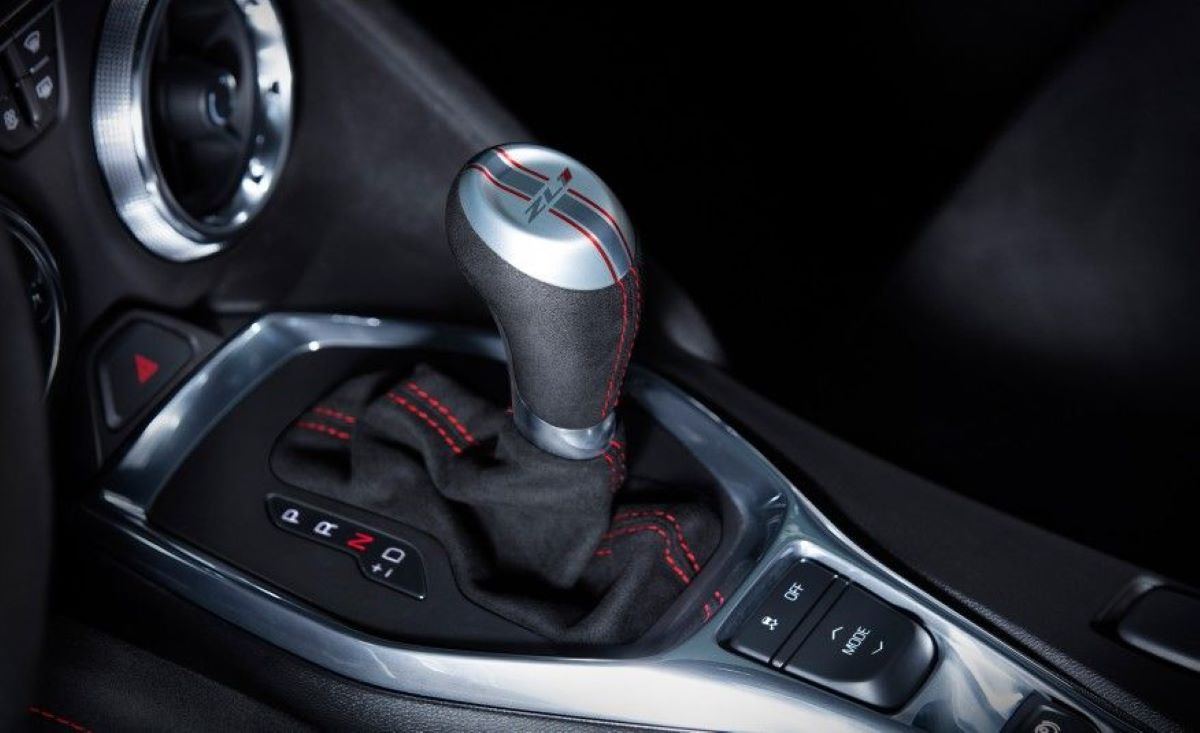
This design keeps the engine within its optimal performance range, improving both performance and fuel economy. The close ratio spacing also proves useful for towing, while the shorter final gear allows the transmission to use it more often than its competitors.
For muscle car enthusiasts, the 10R80 shines with its quicker gear shifts and faster acceleration times compared to a manual transmission.
Thanks to new electric solenoids, the transmission can skip shifts, such as jumping from eighth to third gear, further boosting performance. It can also skip gears when upshifting, which enhances fuel efficiency.
While it’s less engaging than a manual, this is a common trait of all automatics. What’s important is that the 10R80 is a finely tuned transmission that adapts well to different driving styles, especially in newer models like the Ford Mustang Dark Horse.
9. GM TH400 Three-Speed Automatic
Switching gears, let’s talk about General Motors’ TH400, a legendary longitudinal three-speed automatic.
Introduced in 1964, the TH400 marked a significant advancement over GM’s older ST300 two-speed automatic, notably offering a pitch stator (Turbo HydraMatic model) that allowed for variable shifting characteristics. However, its true reputation was built on its exceptional reliability and toughness.
GM began installing the TH400 in many of its larger luxury models, including vehicles from Chevrolet, Buick, Oldsmobile, and Cadillac. By 1970, GM extended its use to the company’s heavy-duty trucks.

The TH400’s durability earned it a reputation for toughness, with a high input torque rating of 450 lb-ft a significant figure for its time.
This rating was conservative, and aftermarket mods could easily surpass it. The TH400 was compatible with both RWD and AWD setups.
Its strength and reliability attracted other automakers as well. Jaguar, Rolls-Royce, and even Ferrari, which used it in its 412 grand tourer with a V12 engine, all adopted the TH400.
With some modifications, it can even be adapted for use in high-horsepower modern engines, although it remains limited to just three gears.
10. Toyota A750 Five-Speed Automatic
In a review of the 2023 Toyota 4Runner, SlashGear’s Steven Ewing aptly described it as an “automotive anachronism,” and he wasn’t wrong.
At the time, the aging SUV fell behind its competitors in nearly every category, including its five-speed automatic transmission. Smooth and reliable, the A750 was notably slow and reluctant to downshift, making it seem outdated just two years ago.
Despite its shortcomings, the Toyota A750 is known for being one of the most reliable transmissions ever made. It’s practically bulletproof, thanks to its simpler, old-school design and Toyota’s renowned craftsmanship.
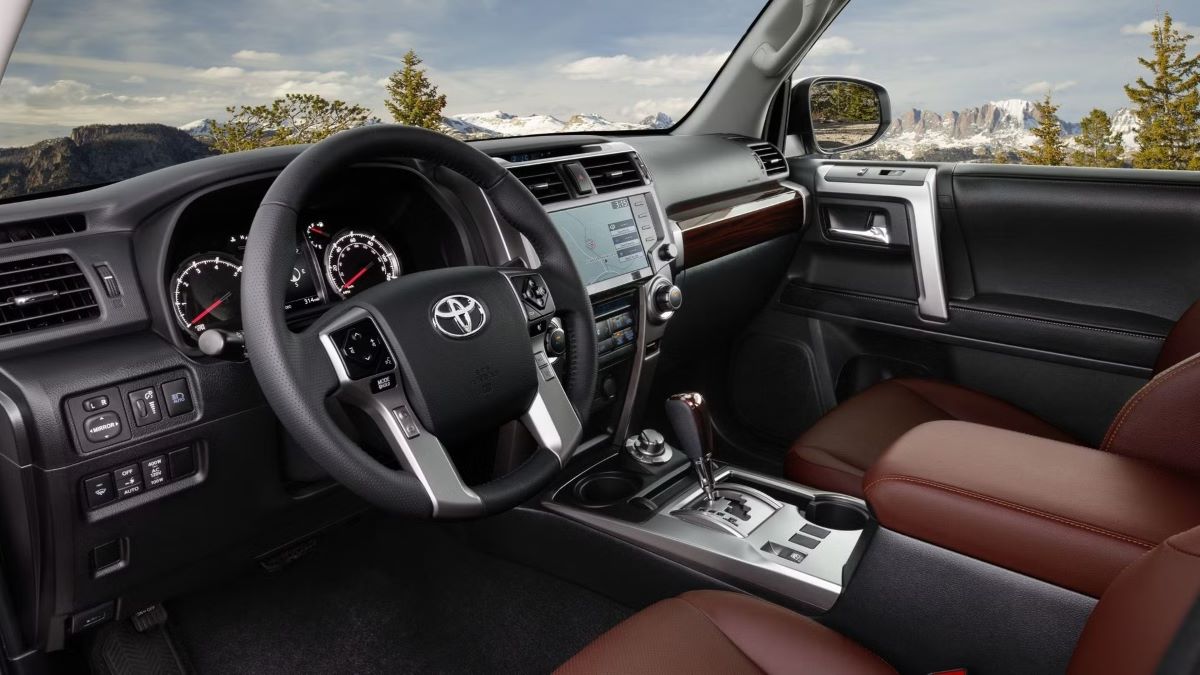
On average, the A750 can last for at least 400,000 miles before requiring a rebuild, even on vehicles used for heavy-duty tasks.
Its solenoids are the only weak point, but they are inexpensive and easy to replace. The rest of the components are built to last and meet Toyota’s high standards.
Launched in 2003, the A750 is available in two versions: the A750E for rear-wheel-drive vehicles and the A750F for all-wheel-drive vehicles.
It has primarily been used in Toyota SUVs like the 4Runner and Land Cruiser, as well as in the Lexus GX470 and LX470, often paired with V6 and V8 engines.
Also Read: 15 Best Cars for Students That Will Last Until Graduation

